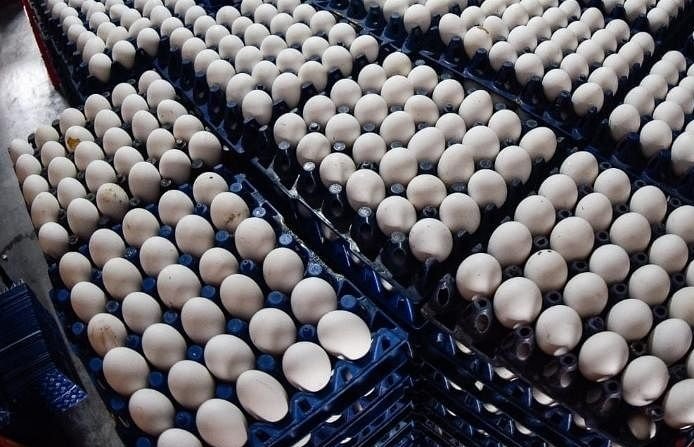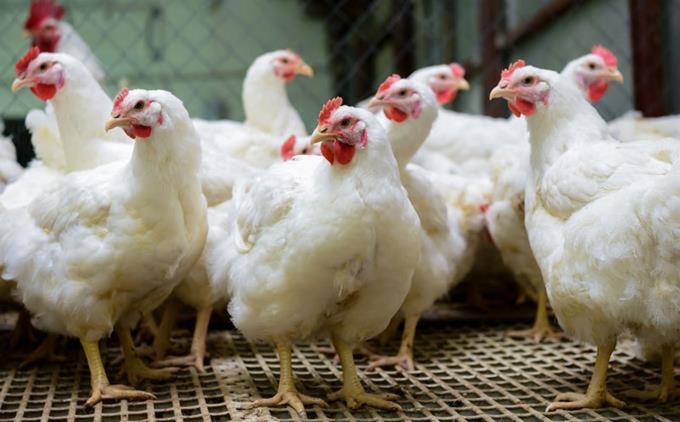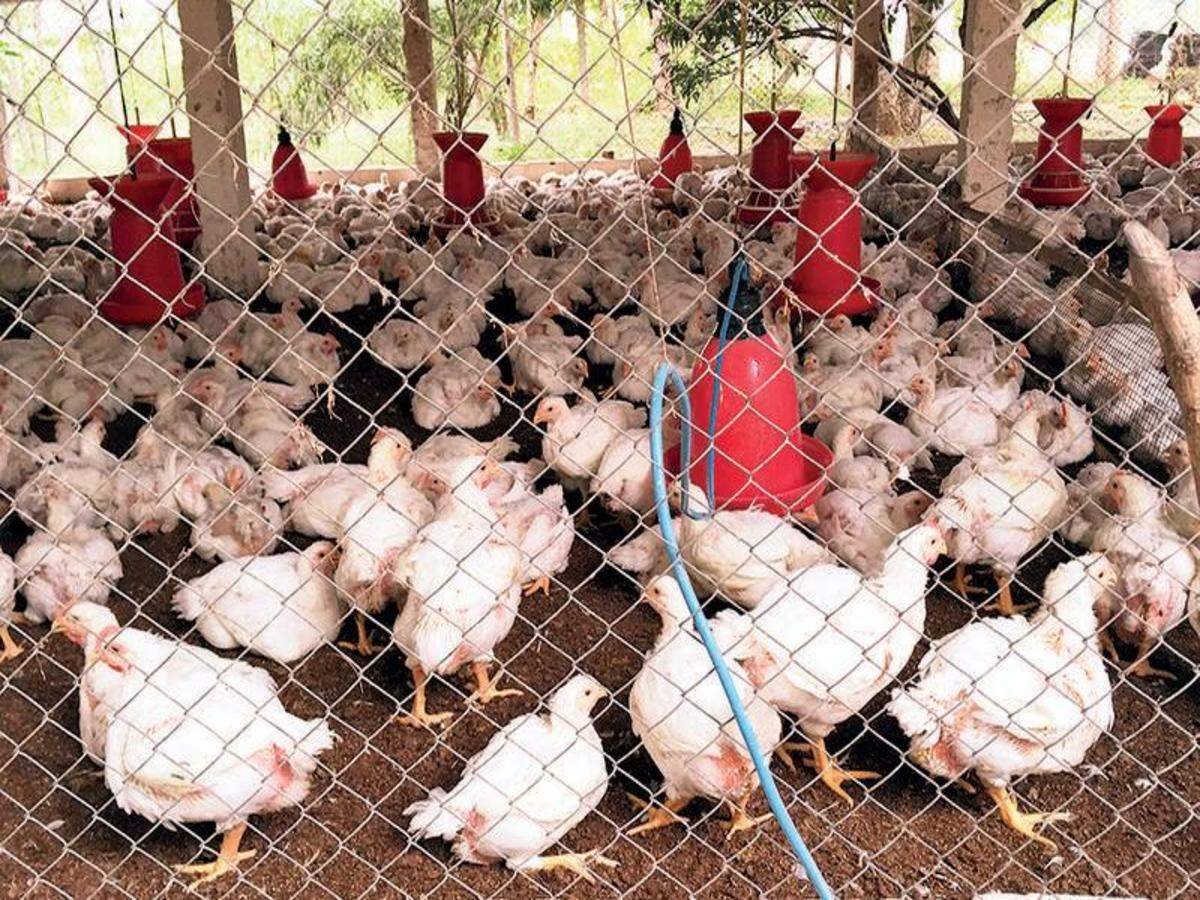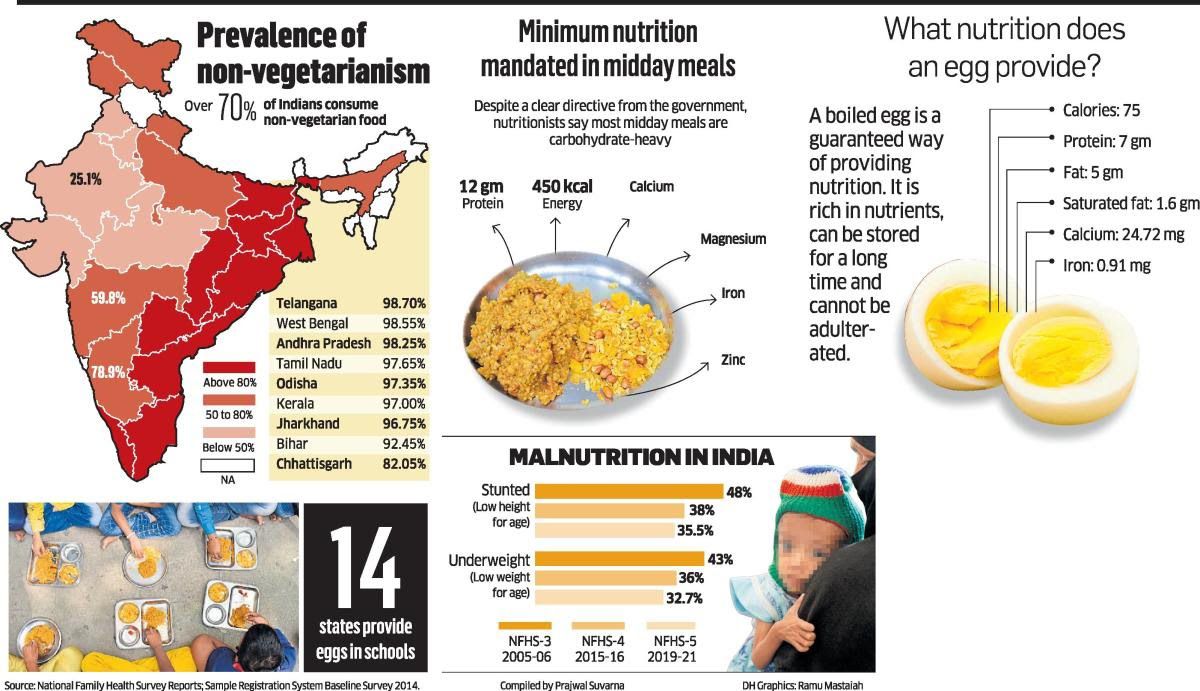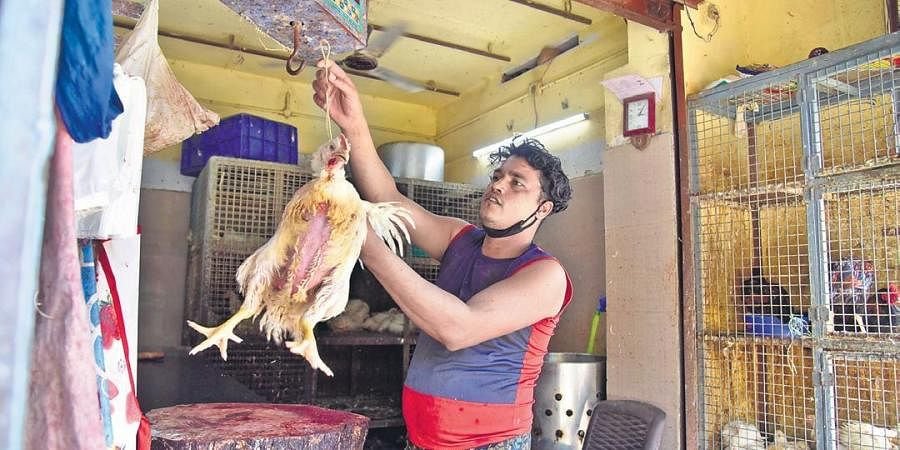Ventilation
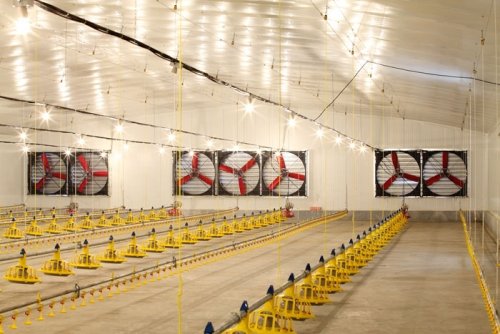
Ventilation is essential in poultry operations. Important environmental challenges include weather extremes and rapidly changing conditions. Colder months can mean difficulty in providing adequate ventilation while trying to maintain a comfortable temperature within the shed. Hot weather can mean difficulty in providing enough ventilation for the heat to escape the house. Whether the temperature is hot or cold, it is important to supply the birds with adequate ventilation to bring in fresh air and exhaust carbon dioxide.
The primary purpose of having a ventilation system is to provide air exchange. Ventilation is needed to remove excess heat. Dust particles and moisture produced during the normal activities such as metabolism, respiration and evaporation as well as harmful gases and disease causing organisms that may be present. A ventilation system should provide fresh, oxygen rich air for birds which promotes optimal production.
Second a good ventilation system should distribute air uniformly throughout the building without creating any “Dead Air Zones”
Third, the ventilation system should control airspeeds within the room. During the cold weather, entering air may need to have adequate speed to accomplish proper mixing and distribution, but the air speed must be controlled so as to not create drafts on birds. During hot weather, air movement minimizes temperature increase within bird space. While accomplishing these essential functions, ventilation system also need to be easy to operate and maintain.
During the cold weather the producer often close up their sheds in an attempt to maintain higher inside temperature, which usually result in small temperature rise. Improper ventilation will result in increased humidity and possibly condensation and build up of carbon dioxide, ammonia and odour. Viruses and other respiratory pathogens that may be present will find these conditions well suited for their growth and ready transmission to bring birds sharing a common airspace.
Moisture accumulation occurs as a result of a lack of fresh air to remove moisture produced by birds. Humid air is more prone to condense on cold surfaces, which can lead to wet litter and equipment failures. Minimize condensation by keeping the relative humidity of the poultry house at 70% or lower and by insulating areas such as the ceiling. A build up of carbon dioxide and ammonia will result in poor overall flock health and potential death. Pathogen build up often is overlooked because it is difficult to assess them directly. However this probably is the greatest risk for producers because by the time infection thresholds are exceeded and disease symptoms are noticed, the entire flock will be infected.
Natural Ventilation
The best way to prevent adverse effects of inadequate ventilation is to keep steps to ensure the birds always are provided with fresh air. The simplest way to provide fresh air is to use the natural ventilation systems that already may be built into the chicken house. Natural ventilation takes advantage of basic principles of warm, humid air wanting to rise and wind producing pressures on building surfaces. Natural ventilation uses windows, panels and low hanging doors in broilers and open sheds in layers, to allow fresh air, all of which are most effective when located on all four corners of the housing facility.
Determinations for how far to open windows and doors can be made on the basis of air temperature, prevailing wind direction, age of birds, amount of moisture and the level of gaseous build up within the house. It is important to place and orient the chicken house properly to take advantage of prevailing winds. Warm-weather openings need to be exposed to prevailing winds, which in Nebraska generally means the ridge should run east and west. The house should be situated away from any windbreaks, buildings or other obstacles desired to south or south east. In addition to windows and doors, roof ventilators can be used but require more practice and monitoring to be effective. When placing openings, consider that birds, especially chicks, do not tolerate direct drafts of cool air.
Natural ventilation usually is the cheapest and simplest method that can be used to provide birds with the fresh air they need. Modern poultry houses with natural ventilation often include control systems that automatically adjust the size of openings using fully adjustable curtains, panels, baffles, etc. This increases the initial cost, but may be worthwhile for the producer who finds monitoring and controlling the environment manually an overlay daunting task and can justify the investment with improved health and performance.
As poultry is becoming dense day by day it is advisable to leave a minimum height of 8 feet for the litter collection and 12 feet above that till the roof in the layers. The distance between the two sheds should be 3 times the height of the shed. More the ventilation, lesser the disease, healthier the bird and more the productions.
Mechanical Ventilation
Forced ventilation is an alternative to natural ventilation. Also referred to as mechanical ventilation, it uses a combination of electric fans, air inlets and controls (thermostats, timers, etc.) to regulate temperature and humidity. The primary advantage of forced ventilation is that the producer has reasonably direct control over the rate of airflow delivered. Moderating indoor temperature swings often is a major goal of producers who select these systems. Having a controlled system eliminates much of the guesswork, as one can atleast in theory simply set the controls to the desired temperature and let the machines do the rest of the work. This type of system has its disadvantages, though, as cost can be a prohibitive factor. Mechanical ventilation systems generally require greater initial investment in equipment, require regular maintenance to perform properly and have a higher cost of operations in terms of energy consumption. While installing these systems one should always in keep in mind the power supply situation where the farm is located. One should have a strong power backup in case of power failure.
Ventilation systems usually are designed for a specific house, based on the number and size of birds housed in the facility, as well as the volume in cubic feed of air in the house. Generally, a system should provide one air exchange per minute or more during the hot weather. The system also needs to be adjustable to maintain an airflow rate as low as 1 to 5 air exchanges per hour during the cold weather. To calculate the volume of air that needs to be removed t o produce one air exchange, use the following formula : length * Width * Height ( average height ) of the airspace. To obtain the airflow rate ( fan capacity in cubic feet per minute(cfm) ) neede for given indoor conditions, multiply the air exchange volume( cubic feet) by number of air exchanges recommended per minute for those conditions. The result can be used to determine the number and capacity of fans that need to be operating, as well as the total inlet area needed.
As an example, consider a broiler a house that is 30 feet wide, 200 ft long, and 8 ft tall at the sidewalls, with a pitched roof and no ceiling. Assuming the peak is about 12 ft tall, air exchange volume is :
1 air exchange volume = 30*200*{(8+12)/2} = 60000 cubic ft.
Now in hot weather , ventilation rate of air exchange needed is 1 per minute, the total fan capacity needed is (60000 cubic ft/air exchange)*(1 air exchange/minute) = 60000 CFM.
Now if a fan is having a cfm of 10000 then you will be requiring 60000/10000=6 fans for this shed for one air exchange.
Both the fan capacity and inlet opening would need to be adjusted to maintain proper air exchange, distribution and air speed at bird level.
Effective ventilating poultry facilities cannot be stressed enough, whether using a natural or mechanical type of ventilation systems. A simple method to test the adequacy of a ventilation system is to use your nose and eyes. If you smell strong ammonia or observe thick cobwebs the ventilation system is adequate. Poor ventilation can result in poor respiratory health indicated by coughing and sneezing birds, and a higher rate of Ascites syndrome related deaths in heavy meat birds. Providing fresh air with an adequate ventilation system and removing excess heat and moisture, gases and other air contaminants from your chicken house will help produce healthier and more productive chickens.


